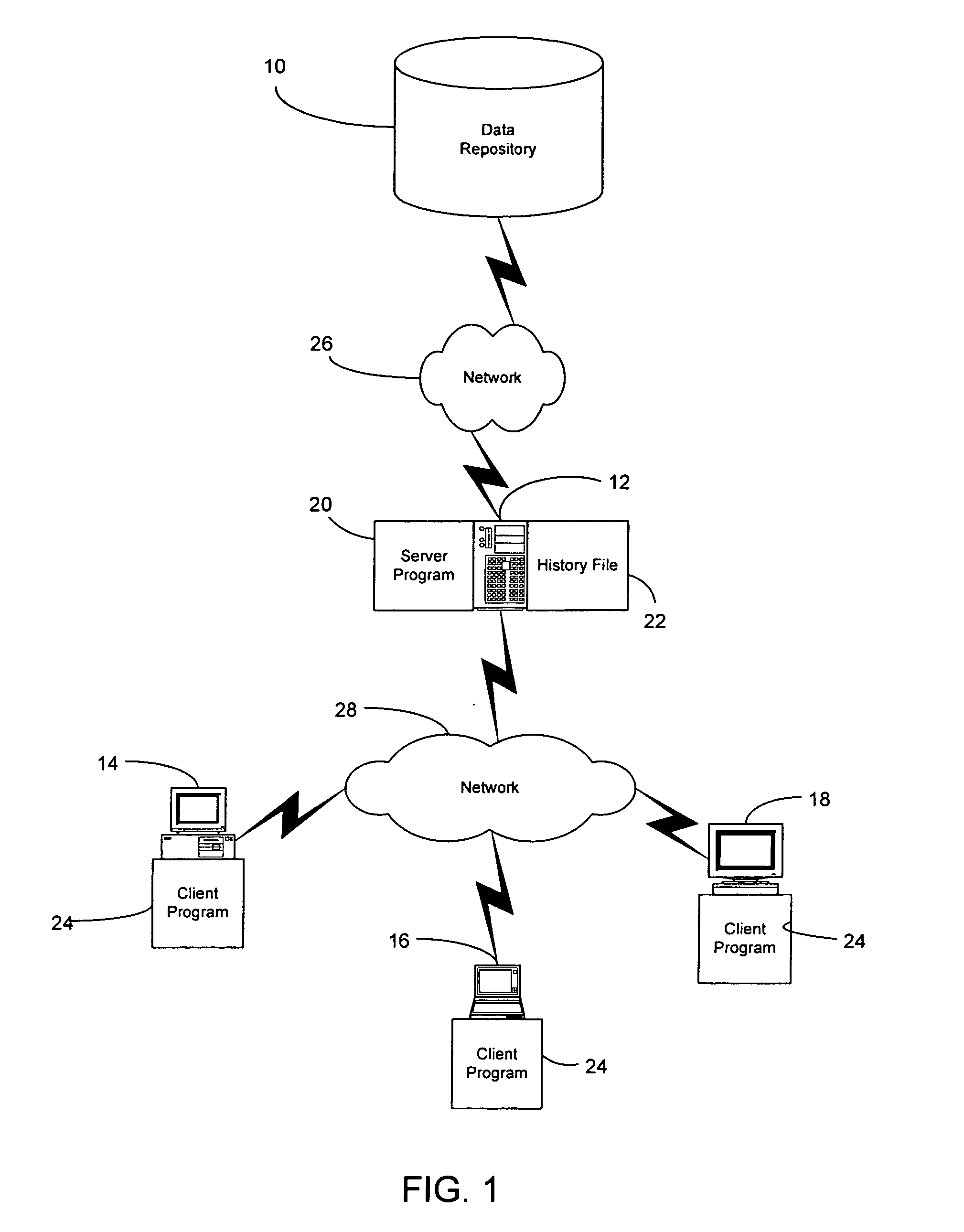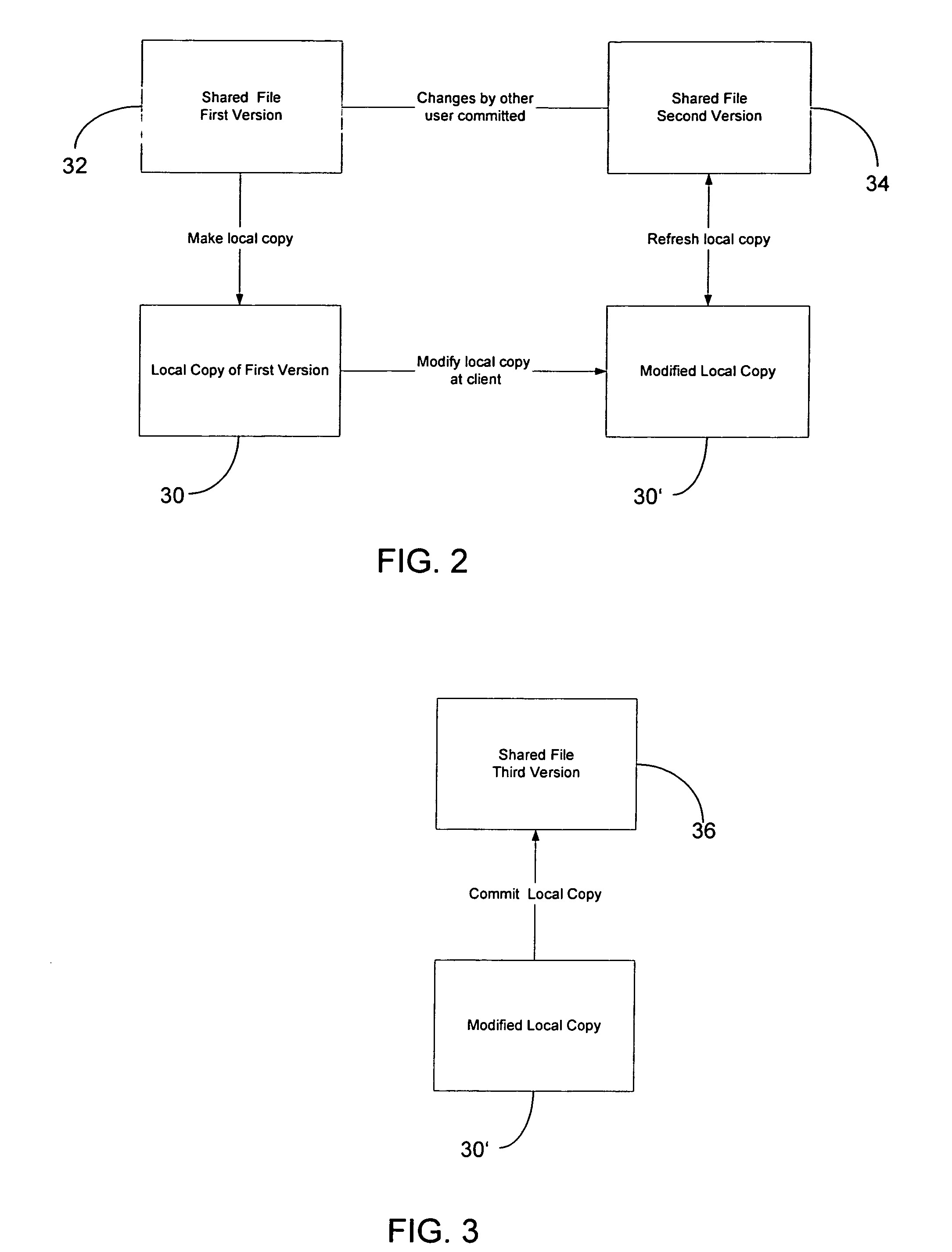Method and system for sharing file based data
a file and data technology, applied in the field of file based data sharing methods and systems, can solve problems such as weak support of computer aided drafting workflows, insufficient approach, and difficulty in implementing the project, and achieve the effect of improving the quality of work
- Summary
- Abstract
- Description
- Claims
- Application Information
AI Technical Summary
Problems solved by technology
Method used
Image
Examples
Embodiment Construction
[0034]Embodiments of the invention are discussed in detail below. In describing embodiments, specific terminology is employed for the sake of clarity. However, the invention is not intended to be limited to the specific terminology so selected. While specific exemplary embodiments are discussed, it should be understood that this is done for illustration purposes only. Moreover, an embodiment of the invention in the context of engineering design files is provided below. However, the invention is not limited to engineering design files and may be applied to other environments. A person skilled in the relevant art will recognize that other components and configurations can be used without parting from the spirit and scope of the invention.
[0035]A typical CAD project employed in the engineering context is stored in numerous files. Some projects include hundreds of files. Each file typically contains one or more engineering models, each of which represents an engineering domain (e.g., st...
PUM
 Login to View More
Login to View More Abstract
Description
Claims
Application Information
 Login to View More
Login to View More - R&D
- Intellectual Property
- Life Sciences
- Materials
- Tech Scout
- Unparalleled Data Quality
- Higher Quality Content
- 60% Fewer Hallucinations
Browse by: Latest US Patents, China's latest patents, Technical Efficacy Thesaurus, Application Domain, Technology Topic, Popular Technical Reports.
© 2025 PatSnap. All rights reserved.Legal|Privacy policy|Modern Slavery Act Transparency Statement|Sitemap|About US| Contact US: help@patsnap.com



